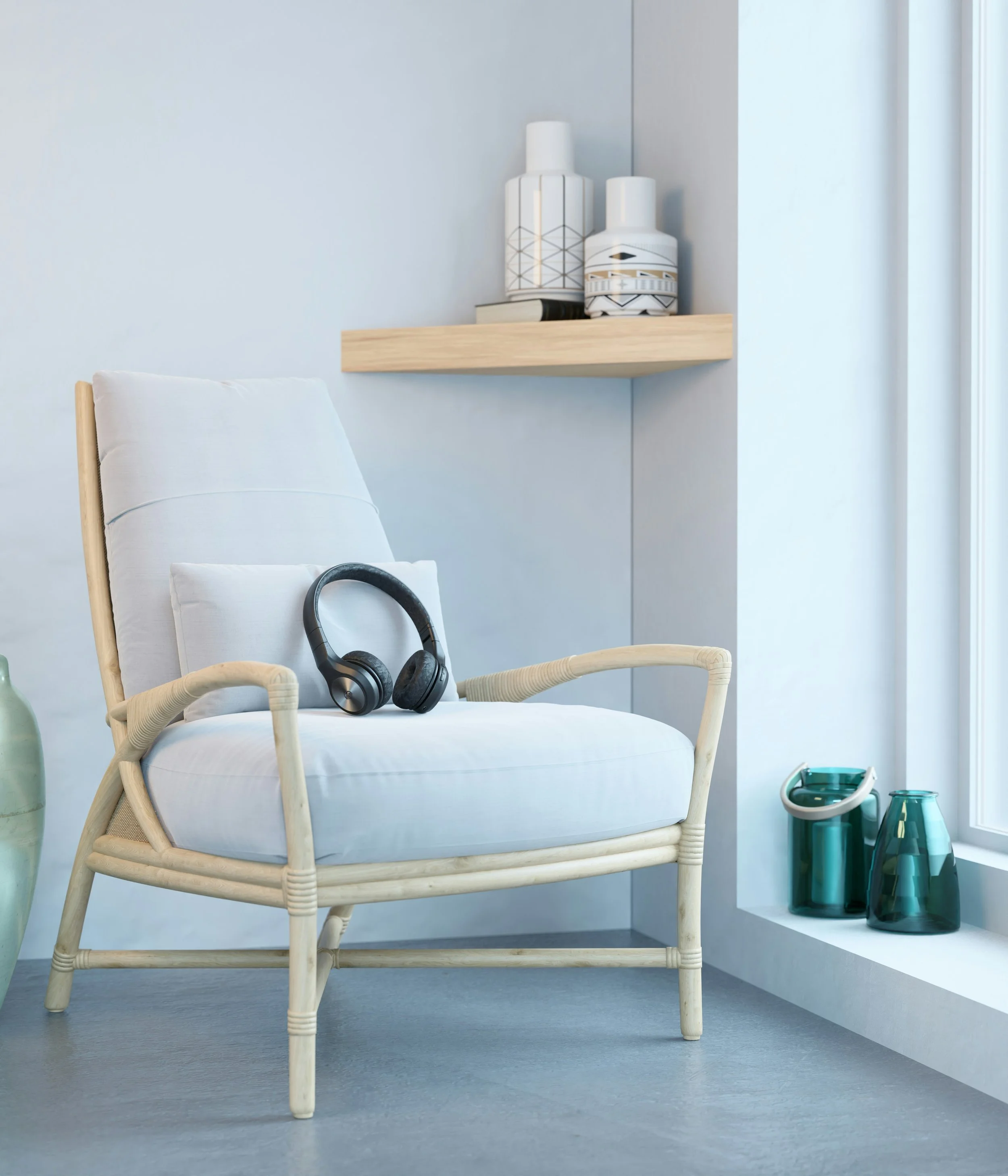Tips for Developing Creative Thinking
Enhancing creative thinking is essential for any artist, especially for those creating unique prints and illustrations. Inspiration can come and go, so building your creative skills will help keep ideas flowing and prevent creative blocks. Here are some tips to help you develop creativity and find new ideas.
1. Experiment with Different Techniques and Styles
• Sometimes, creativity grows through experimentation with new styles or techniques. If you usually work digitally, try using watercolor or acrylic paint, sketching on paper, or exploring new brushes in Procreate or Photoshop.
• Changing your medium and environment can open up new ideas, expand your skill set, and lead you to develop your unique style.
2. Observe the World Around You
• Ideas are everywhere: in nature, cityscapes, architecture, light, and colors. Even a simple walk can inspire a new print or poster if you consciously notice the details.
• Focus on textures, colors, shapes, light, and shadows in everyday things. For instance, the texture of stone or the patterns of leaves can inspire a unique print design.
3. Keep a Notebook for Ideas
• Interesting thoughts and ideas often come at unexpected moments. Keep a notebook or a notes app on your phone to quickly capture any creative ideas.
• Even if an idea seems simple or rough, write it down—it could become the foundation for something unique later on. This habit also helps build awareness of potential ideas around you.
4. Create Reference Boards
• Visual collages or mood boards help gather inspiration from different sources and refine your artistic preferences. You can create boards on Pinterest or make digital collages with images you love.
• Reference boards help organize your creative ideas, making it easier to develop new work based on a collection of visual elements.
5. Try Brainstorming Sessions
• Dedicate time to generating as many ideas as possible without limiting yourself with logic or criticism. Let go of thoughts about what’s “right” or “wrong”— jot down everything that comes to mind.
• This technique is excellent for creating unique print concepts or exploring new illustration themes.
6. Fuel Your Creativity with New Knowledge
• Learning about new topics, reading books from different fields, watching documentaries, or studying art history can inspire creativity. Sometimes the best ideas come from the intersection of different disciplines.
• A multidisciplinary approach broadens your perspective and helps you see new creative opportunities.
7. Practice “Creative Exercises” Regularly
• Set aside 10-15 minutes each day for a quick creative exercise. This could be a fast sketch, a random pattern, or experimenting with color schemes.
• These exercises help train your brain and build your ability to generate new ideas quickly, keeping your creativity sharp.
8. Change Your Usual Workspace
• If you usually work in one place, try changing it up occasionally. A new setting, fresh interior, or even working outdoors can create a sense of novelty and open up new sources of inspiration.
• A change in surroundings can enhance focus on creativity and reveal new ideas.
9. Find Inspiration in Music, Literature, and Films
• Ideas sometimes emerge through association: listening to music, watching a movie, or reading an interesting book can spark new themes or imagery.
• Music and literature can help set the mood and visualize certain stories or emotions that you can use in your work.
10. Don’t Be Afraid to Take Breaks
• Sometimes the best thing you can do for creativity is to rest. Fatigue and nonstop work can drain creativity.
• Short breaks, walks in nature, or simply changing activities can help you recharge and return to work with fresh ideas and energy.
Developing creative thinking is a continuous practice that takes time and effort. Observational skills, flexible thinking, a willingness to experiment, and the ability to rest all contribute to maintaining a flow of ideas and unlocking new possibilities. Creativity can be strengthened, like a muscle, so try practicing these techniques, and your work will naturally become more original and inspired.



